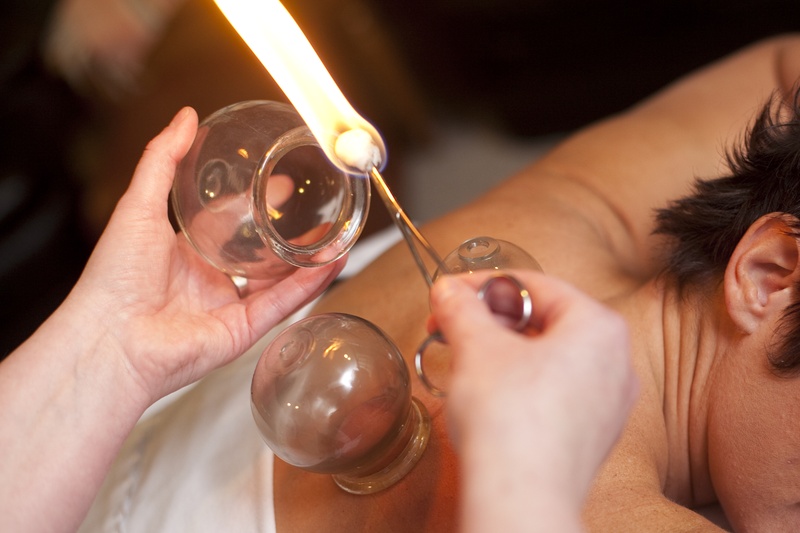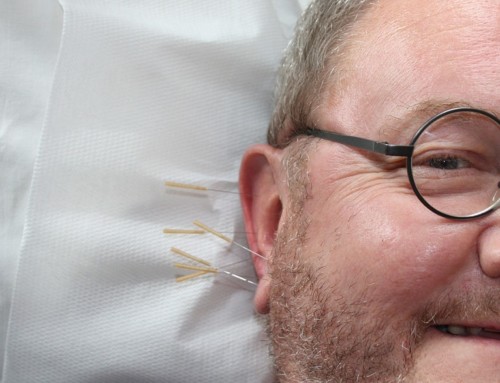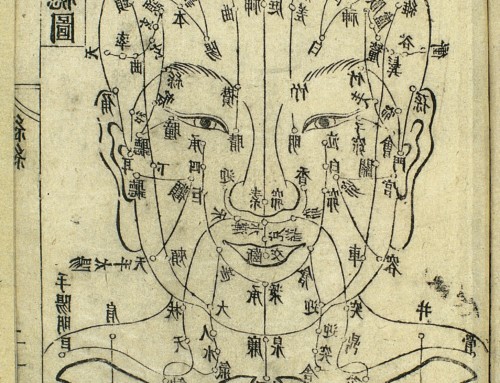Written by Em Wooden
Thanks to Michael Phelps, Pavel Sankovich, Alex Naddour, and many other Olympic athletes, cupping therapy has become a topic of conversation around the world. News sources are sensationalizing the bruise-like marks on the athletes’ bodies, and while some journalists encourage readers to give cupping a try, others suggest that the therapy is ineffective and perhaps even harmful. The truth of the matter is, there is a lot of inaccurate information about cupping on the internet, so we would like to set the record straight. Here are 5 facts about cupping that you should keep in mind:
1. It is a safe therapy.
Cupping is often performed by acupuncturists, although other healers also use it on their patients. The theory behind cupping suggests that moving blood and Qi can heal a variety of different ailments. A healer swipes a burning piece of cotton or alcohol swab inside of a glass cup before applying the cup to the patient’s skin. This creates suction. The cups may be stationary, or the healer might move them around. While this is certainly not something that a layman should try at home, the therapy is safe when performed by an acupuncturist or other trained healthcare professional. There are silicone cups that can be used at home, or on the road, after some basic instruction from a professional.
2. Cupping is not new.
While you may be hearing about it for the first time, cupping has been used to alleviate pain and eradicate stagnation for more than two thousand years. It originated in China, and healers originally used bamboo and cattle horns as cups.
3. The marks that are left after a cupping session indicate the level of stagnation in your body.
There is a reason that Olympic athletes who receive cupping therapy are getting a lot of attention: cupping often leaves prominent marks. Someone who has a lot of stagnation might walk away from a cupping session with dramatic purple marks that will linger for a few days before fading. The more often you receive a cupping treatment, the less stagnation you will have in your body, and therefore the lighter the marks will be. Cupping helps circulation in addition to eliminating stagnation.
4. There are different methods of cupping.
Generally when people talk about cupping, they are referring to fire cupping. Some healers employ a method called “wet-cupping” which involves using a scalpel or needle to allow a small amount of blood to be suctioned out by the glass cup. (Wet-cupping is not practiced at Evolution.) There are also cups made of various different materials, such as plastic or rubber.
5. Cupping is effective in treating a wide variety of conditions.
Over the years cupping has been used to treat everything from snake bites to coughs to indigestion. According to a 2008 study published in the American Journal of Chinese Medicine, wet-cupping can be effective in treating migraines and tension headaches. Mayo Clinic suggests that cupping can relieve symptoms of fibromyalgia when the patient is also receiving acupuncture treatments. Studies indicate that cupping might also be helpful for stroke patients, and people suffering from hypertension or persistent non-specific low back pain, although more research is needed before researchers can make a definitive statement.
SOURCES
Academy of Classic Oriental Sciences. (2016). The History of Chinese Medicine Cupping. Retrieved from: http://www.acos.org/articles/chinese-medicine-cupping/
Ahmadi, A., Schwebel, D.C., & Rezaei, M. (2008). The Efficacy of Wet-Cupping in the Treatment of Tension and Migraine Headache [Abstract]. The American Journal of Chinese Medicine, 36(37). Retrieved from: http://www.worldscientific.com/doi/abs/10.1142/S0192415X08005564
Alcantara, Margarita. (August 9, 2016). Curious About Cupping? Here’s What You Need To Know. Retrieved from: http://www.huffingtonpost.com/entry/curious-about-cupping-heres-what-you-need-to-know_us_57aa8503e4b091a07ef80db7
Bauerm B.A. (May 19, 2014). Is there any evidence that cupping therapy relieves fibromyalgia pain?. Retrieved from: http://www.mayoclinic.org/diseases-conditions/fibromyalgia/expert-answers/cupping/faq-20058053
Kim, J., Kim, T., Lee, M.S., Kang, J.W., Kim, K.H., Choi, J., Kang, K., Kim, A., Shin, M., Jung, S., & Choi, S. (June 10, 2011). Evaluation of wet-cupping therapy for persistent non-specific low back pain: a randomized, waiting-list controlled, open-label, parallel-group pilot trial. BioMed Central. 12(146). Retrieved from: http://trialsjournal.biomedcentral.com/articles/10.1186/1745-6215-12-146
Lee, M.S., Choi, T., Shin, B., Han, C., & Ernst, E. (July 15, 2010). Cupping for stroke rehabilitation: A systemic review. Journal of the Neurological Sciences. 294(1-2). Retrieved from: http://www.jns-journal.com/article/S0022-510X(10)00160-7/abstract
Lee, M.S., Choi, T., Shin, B., Kim, J., & Nam, S. (September 9, 2010). Cupping for Hypertension: A Systematic Review [Abstract]. Clinical and Experimental Hypertension. 32(7). Retrieved from: http://www.tandfonline.com/doi/abs/10.3109/10641961003667955





